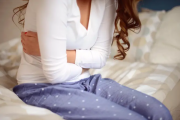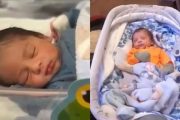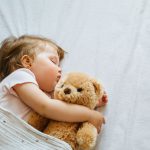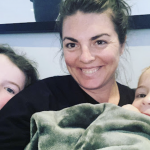Chemicals Found in Lice Treatment Products Linked To Behavioural Issues In Children
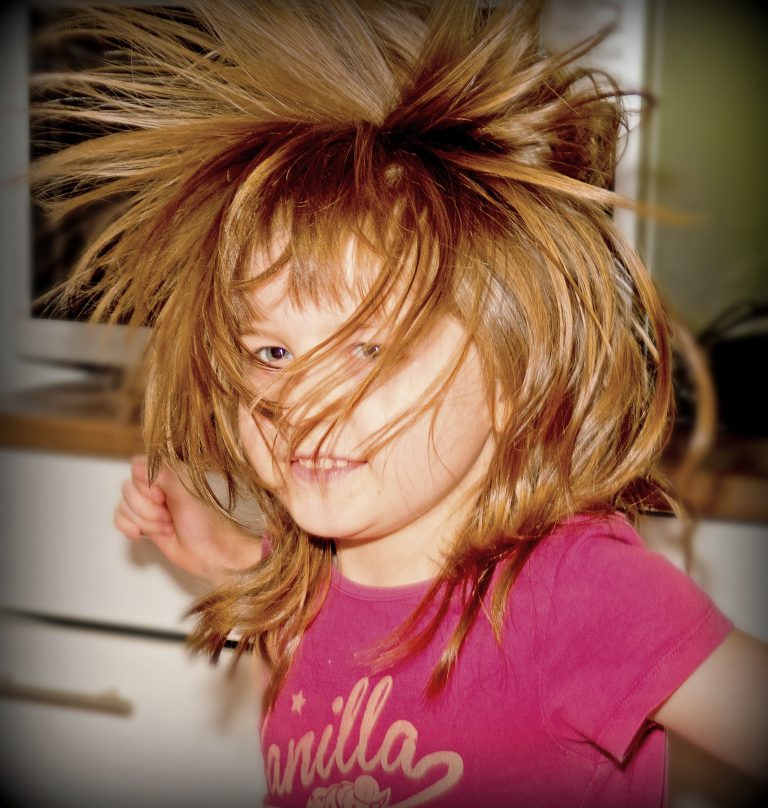
Chemicals Found in Lice Treatment Products Linked To Behavioural Issues in Children
Parents of young children know all too well the paralysing fear a ‘lice breakout’ note induces when found in a child’s school bag! Frantically we pull our child’s head into our lap and pray we don’t find any creepy crawlies or tiny eggs as we ruffle through their sweaty locks.
We all know what finding one of those disgusting creatures means- stripping bedding, washing towels and rushing out to the pharmacy to buy the most potent and fast acting lice-killing treatment we can find. Then we’ll wash our kid’s hair, scrubbing their scalp till it nearly bleeds followed by meticulously coming their strands of hair bit by bit to try and remove all the dead critters.
As if all that wasn’t enough to worry about, now according to new research, certain insecticides (which are found in some lice treatments) have been linked to behavioural difficulties in young kids.
The concern is that exposure to certain chemicals used in pest control may be linked to behavioural difficulties in children. The chemicals, known as pyrethroids, are found in a range of everyday products we most likely use in our homes- including fly spray, mosquito repellent, certain air fresheners as well as lice treatment products.
French researchers came to this frightening conclusion after analysing the urine of 287 women while they were pregnant, and then of their children six years later, to see if there was any link between prenatal and childhood exposures and behaviour. Worryingly, they found that a higher level of a certain pyrethroid in the urine of the pregnant mums was linked to an increased risk of their 6 year olds being stressed and withdrawn. Some six year olds also displayed aggressive behaviour or showed signs of having ADHD.
The study conducted, while still observational, does indicate that we should all try and steer clear of pyrethroids until more research has been done on the effects of the chemical on children and especially pregnant women.
So what can you do to treat your child’s lice without resorting to a chemical laden product? Manually removing the lice eggs with a nit-removal comb is still one of the safest and most effective methods. There are also a number of professional pesticide free treatments available these days so make sure you choose on that is pyrethroid free.
If all else fails and you’re sick of the little critters making themselves at home in your child’s nest of hair- a buzz cut is always a good option!


